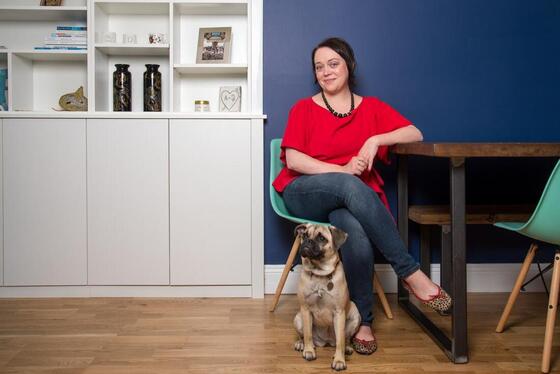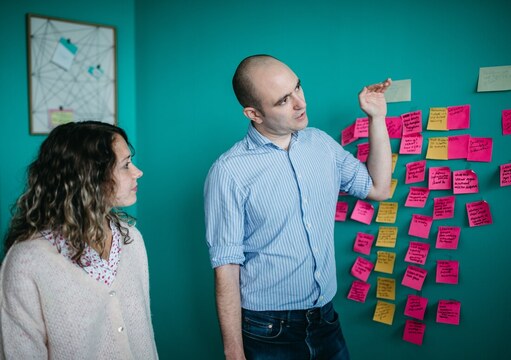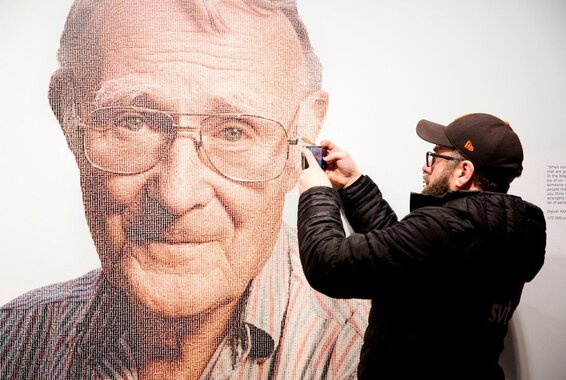Why it's vital to make neurodiversity and psychological safety part of your business strategy10/27/2022 By: Angela Prentner-Smith
Angela Prentner-Smith shares her valuable thoughts on Neurodiversity and psychological safety. Link Originally published in the Herald (24/10/22)
0 Comments
What does improv have to do with psychological safety, a key part of good workplace culture8/20/2022 By Lynn Pilkington Lynn shares her valuable thoughts on the links between improv and psychological safety. https://www.scotsman.com/business/what-does-improv-have-to-do-with-psychological-safety-a-key-part-of-good-workplace-culture-lynn-pilkington-comment-3813455 Originally posted on The Scotsman 20th August 2022.
By Angela Prentner-Smith Angela explains why psychological safety is a necessary aspect of your diversity and inclusion strategy. https://www.heraldscotland.com/opinion/20253583.agenda-importance-bringing-psychological-safety-workforce/ Originally posted on the The Herald 6th July 2022.
By Kirsty Dorsey Kirsty spoke to Angela about raising investment and Neve. https://www.heraldscotland.com/business_hq/20073017.glasgow-agency-raise-fresh-six-figure-funding/ Originally posted on The Herald 16th April 2022.
By Lynn Pilkington Lynn writes about how to deal with stress. https://www.heraldscotland.com/opinion/20061784.agenda-keep-things-simple-dealing-stress/ Originally posted on The Herald 14th April 2022.
By Medio Article interviewing Angela about the business and Neve. Originally posted on einnews 13th April 2022.
By Angela Prentner-Smith Angela writes about the stigma around ADHD. Originally posted to The Scotsman 28th March 2022.
By Lynn Pilkington Lynn interviewed by Elaine Livingstone and Craig Williams Originally posted 24th February 2022
By Angela Prentner-Smith Angela writes about ADHD and inclusive workplaces. Originally posted on The Scotsman 6th February 2022
By Angela Prentner-Smith Angela writes about the importance of diversity. Originally posted on The Scotsman 30th November 2021.
|








